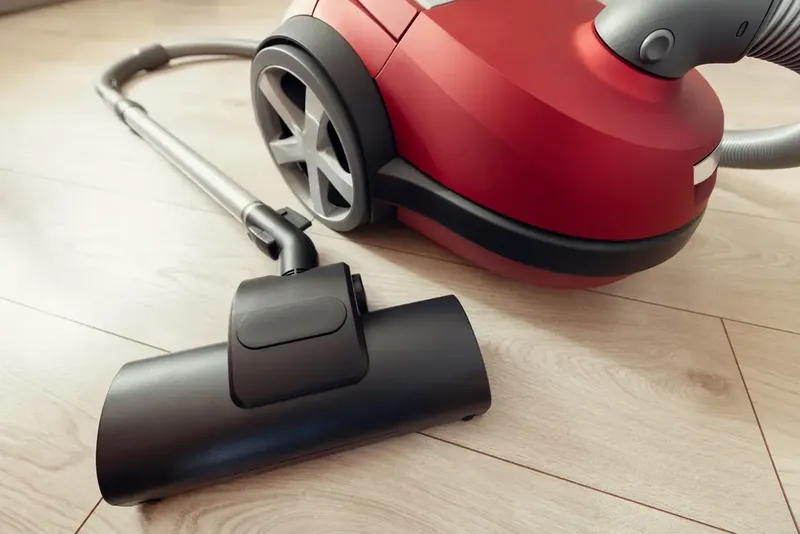What types of housings are used in the manufacture of vacuum cleaners?
Vacuum cleaners are an integral part of every home, and choosing the right model is crucial for cleanliness and comfort. In this article, we will discuss various types of enclosures, particularly laminate housings, which are currently very popular. You will learn why manufacturers choose this material, what its advantages and disadvantages are, and what other options are popular in the industry. This will help you make an informed choice when selecting a vacuum cleaner.
The role of housings in vacuum cleaners
Laminate enclosures provide protection and stability for equipment components. They act as a barrier against contamination and moisture, which significantly increases their service life and efficiency. Laminate is lightweight and durable, making it easy to handle. It effectively dampens sound, ensuring that work is carried out quietly. This material is scratch-resistant, allowing for long-term use without visible signs of wear. Choosing the right housing is critical to cleaning effectiveness and user comfort. Laminate is highly regarded thanks to its numerous advantages, which attract the attention of many users. It is durable and resistant to damage and scratches, which allows it to retain its aesthetic appeal for a long time. The lightness of this material makes the vacuum cleaner easier to carry, making cleaning less tedious. vacuum cleaner. 
Other materials for vacuum cleaner housings
In addition to laminate, various materials such as plastic and metal are popular. Plastic is lightweight, inexpensive and easy to manufacture, which makes it a popular choice among manufacturers. Its flexibility allows for a variety of shapes. However, it has lower strength and a negative impact on the environment. On the other hand, metals such as aluminium and stainless steel are characterised by greater strength and durability, as well as resistance to damage and high temperatures. Metal housings are easier to recycle, but they are more expensive and heavier. The final choice of material depends on customer preferences and requirements regarding durability and aesthetics.



